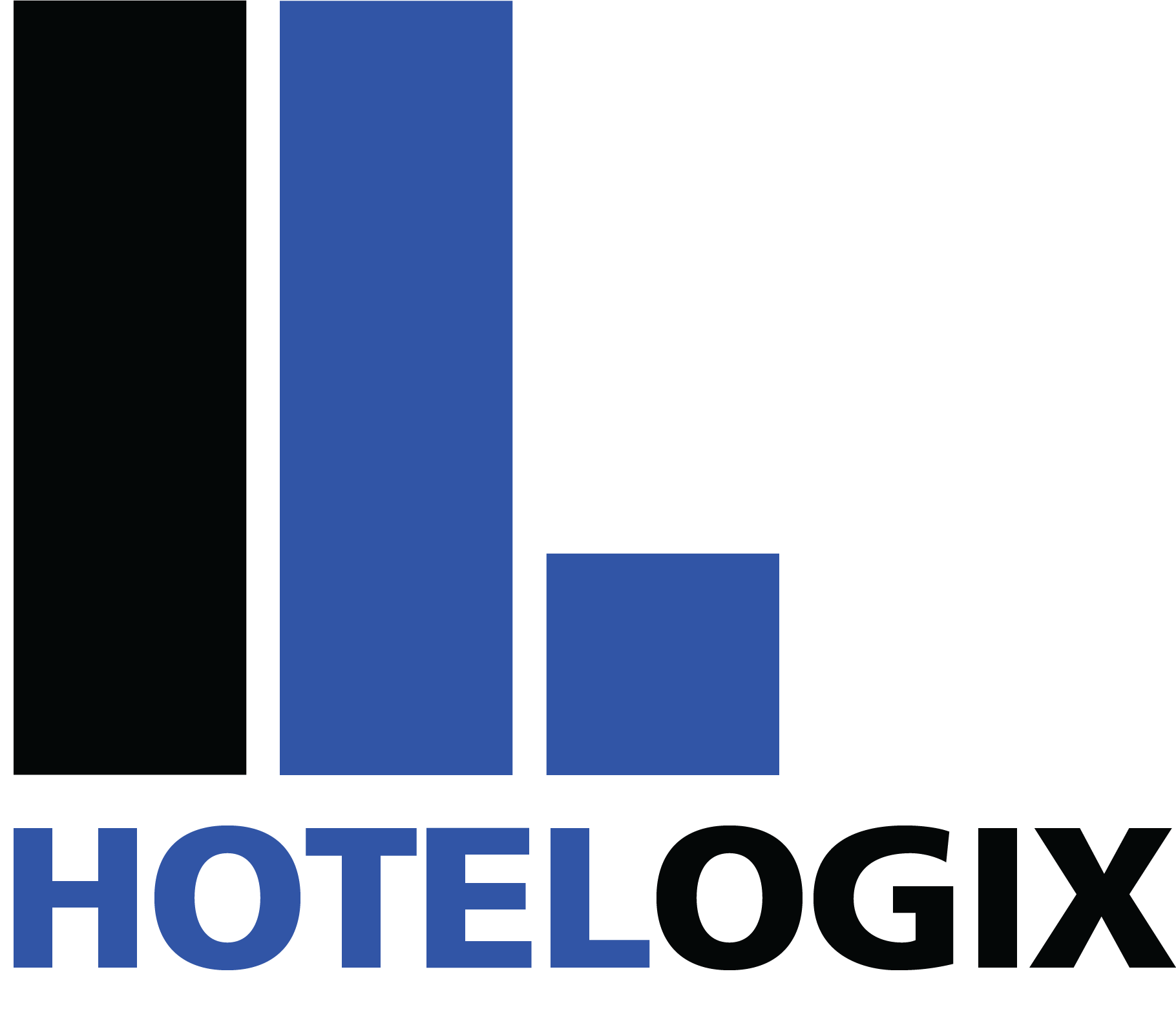For a hotel revenue manager, every day brings an awakening as there is no dearth of disruptive innovations that are constantly hitting the market. It could be a new term that is becoming the favourite of hotel budgeting and forecast experts, or it could be a latest technology that is trying to change lives. Either way, things are getting interesting and we have certainly come a long way since the time when Bill Marriott gave birth to the term of Revenue Management.
Hotel Revenue Management was a different story, earlier
In the old times, things were simple. What mattered to a hotelier the most was the overall hotel occupancy and rates. Rate management was limited to change of rates based on seasonality, public/ bank holidays or weekends.
Technology has changed the game. The ability to capture data at micro and macro level and algorithms to provide actionable insights from this data has taken Revenue Management to a different level. Nowadays, hotels must keep their eyes and ears open in all directions to arrive at the best room rates that bring in the business. This means that recording and decoding occupancy data coupled with environmental aspects like hotels location, upcoming events, competitor pricing etc are to be kept in mind.
This could get really daunting, in fact next to impossible, if modern economists and technologists were not working together to come up with scientific ways of generating hotel metrics.
RevPAR is one of the metrics that new-age hoteliers are using to measure the performance of their hotel business.
Why RevPAR is one of the best-loved metrics among hoteliers?
The reason that RevPAR is one of the best-loved metrics in the hotel industry, is because it takes into consideration two very important factors of a hotel business – Occupancy as well as the Revenue.
How is RevPAR calculated?
RevPAR is calculated by multiplying a hotel’s average daily room rate (ADR) by its rate of occupancy. It can also be calculated by dividing a hotel’s total room revenue by the total number of available rooms in the period being measured.
Is RevPAR enough? What about profitability?
Most hotel owners and General Managers rely on RevPAR figures to understand if their hotel business is in a healthy state or not. However, since RevPAR only accounts for earnings and not the hotel operational cost, it does not show the hotelier the entire picture.
This can be seen as per the recent hotel occupancy-related reports in the United States, while the trend shows that this year the hotel industry in America has hit a record 66% occupancy rates (a never before figure) the profits have not been in sync. This has happened because as the hotel occupancies have increased, the cost of operations in terms of serving guests, marketing operations, inventory etc have also increased.
Usually a healthy RevPAR should automatically translate into higher revenue but if the operational cost is overlooked, despite having a healthy occupancy and RevPAR a hotel can end up being non-profitable!
This is a new kind of challenge looming over the hotel industry. Mostly, trends have shown that lower profit is a factor of lower occupancy in hotels or inability to drive viable rates. However, despite an increase in occupancy and a healthy guest to room ratio if hotels are not happily cash flow positive, then this calls for a drastic change in strategy.
Go GoPAR 🙂
It’s pretty clear that we cannot rely on RevPAR alone for evaluating Hotel business. There are other metrics that can help us with a much deeper understanding of what could erode a hotel’s profit margins.
But, first let’s skim through a few possibilities that lead to operational costs overshooting top line growth causing a profit meltdown.
- 1. Growing cost of manpower – Labour cost is growing by the day and for any hotel it forms one of the largest chunks of the overall operational cost. Since hospitality is in the services sector, it has no option but to be manpower-intensive. It may not always be practical to cut down on resources without a proper plan for hotel automation in place. While automation will never replace the manual work completely, it can surely add more value in terms of time saved and output achieved.
- 2.Lack of flexibility – in terms of cost management and dependencies on huge fixed costs that increase over a period of time.
- 3. Inadequate forecasting – and inventory management mechanisms that aren’t nimble enough to predict occupancies in an agile manner. In the absence of this, a hotel manager may not be able to prepare an optimized Hotel budget and forecast to control wastage.
- 4.Increased cost of marketing – in a crowded online world, hotels struggle for visibility. The cost of acquiring this visibility ends up being very high. Hotels should understand their sweet spots and put their money where it matters instead of a spray-and-pray mechanism.
An outcome-based marketing approach can help hoteliers get where they want, in a cost that is palatable. Also, strong Customer Loyalty Programs can cut down on the incremental cost of marketing for new acquisitions.
Considering there are so many operational weights that hotels have to carry, what is that one factor that will give a clear picture to hoteliers about the viability of their business?
The magic word here could very much be GoPAR – Gross Operating Profit Per Available Room. It is calculated by dividing Gross Operating Profit by number of available rooms in a hotel.
GoPAR is one step ahead of RevPAR because it accounts for both the revenue earned and the operational expenditure. GoPAR is the reality check that every Hotel owner needs, in order to maintain a healthy profit. GoPAR does not involve the revenue mix of the hotel, so it does not really give an accurate idea of room revenue generated. However, it certainly throws light on the overall profitability of the property as an entity.
Move to Zero Base Budgeting
When we speak about GoPAR, we naturally tend to think about adding up expenses. Usually, the expenses are accounted for in the overall budgeting at the beginning of the financial year. Therefore, the key to solving the profitability issue actually lies in how the hotel managers calculate the budget.
In general, incremental budgeting is the most widely used concept in the hotel industry. It typically means taking the previous budget, making adjustments for inflation and carrying it forward. However, in this case, there is a lack of transparency to the smallest of expenses. This type of budgeting is another reason for unexplained operational expenses.
Consider Zero Base Budgeting as redoing your home at a structural level and not just via a change in interiors. When you break everything apart and go down to nothing to again start from scratch, you get into the details. Similarly, in simple terms zero base budgeting would mean considering hotel expenses to be zilch and then building the budget from zero balance. This type of budgeting helps hotel managers in following ways:
- 1. It allows hotel managers justify each type of expense
- 2. It helps clear out outdated/ unnecessary expenses
- 3. It gives better control over cost
- 4. Throws light on areas where more efficiency is needed
Zero Base Budgeting is one of the best ways of making a Hotel Balance Sheet
However, it does come with a few limitations in the form of a pressing need for justification at every level of expenditure and impracticality of implementation via spreadsheets.
Clearly for making this budgeting work, automation will be required. If you use a hotel Property Management System, you can always find out about Revenue Manager integrated solutions over here.
This article was originally published on
revenue-hub.com


